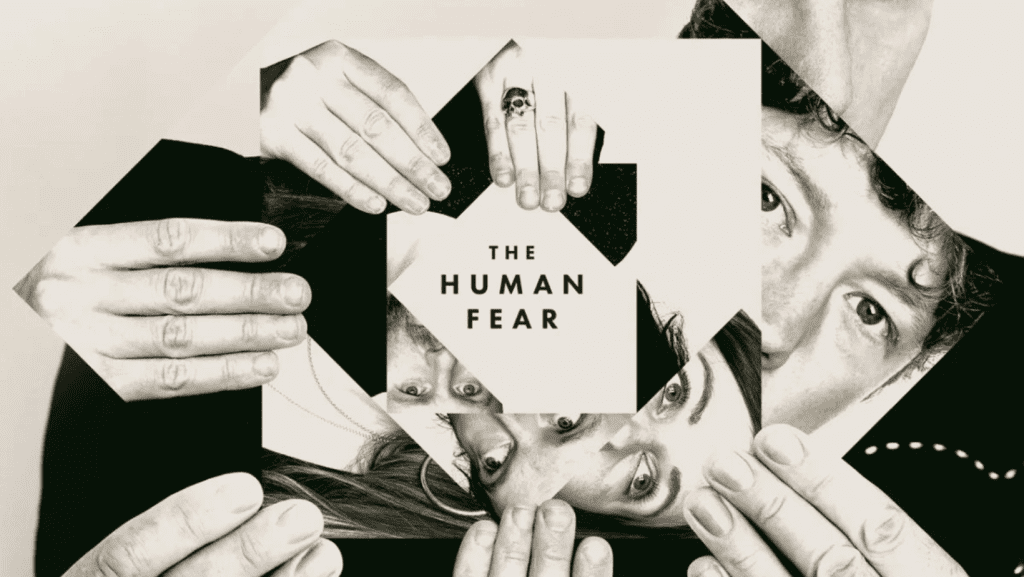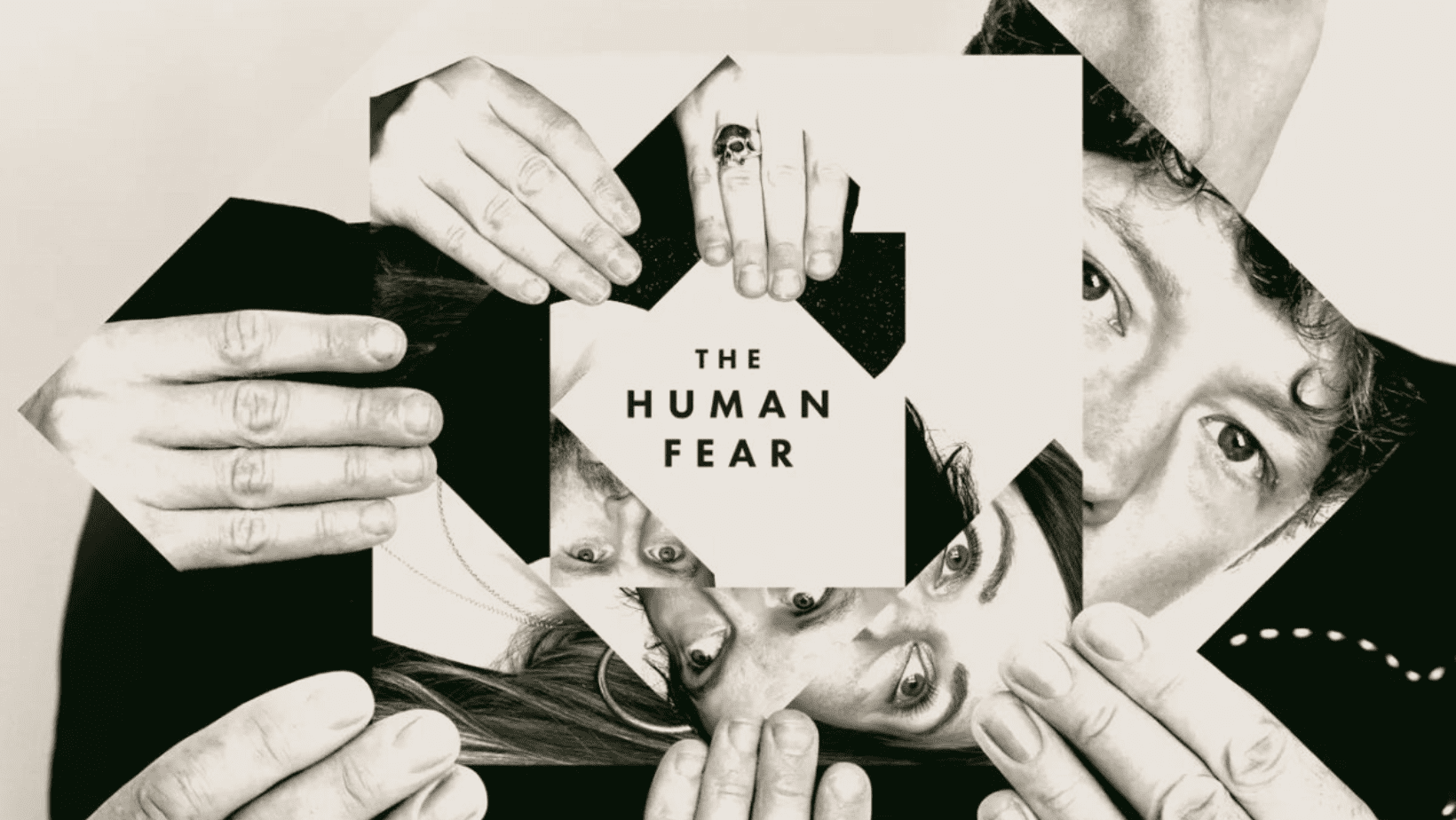

Franz Ferdinand, the iconic Scottish post-punk band renowned for hits like “Take Me Out,” has ventured into new territory with their latest album, The Human Fear, released on January 10. Known for shaping the millennial rock landscape with their infectious grooves and edgy artistry, the band’s new project delves into the concept of fear—its roots, its power, and how it shapes human resilience. However, for fans of the band’s early sound, this album may come as a surprise.
A Band Defined by Evolution
Formed in Glasgow in 2002, Franz Ferdinand burst onto the scene with a vibrant post-punk revival style. Their self-titled debut album in 2004 was a commercial and critical triumph, cementing their place alongside contemporaries like Arctic Monkeys. Tracks like “Take Me Out” showcased their knack for blending infectious basslines, sharp riffs, and clever lyrics, earning them Grammy nominations and global acclaim.
Yet, as the years passed, Franz Ferdinand’s sound evolved. Once rooted in indie-punk, their music has taken on a more electronic, dance-infused character, marked by synths and rhythmic experimentation. This shift is both a testament to their creativity and a potential divide for their fanbase.
The Human Fear: A Journey Through Emotion
The new album explores fear as a universal human experience. Speaking to Apple Music, lead vocalist Alex Kapranos reflected: “I think we all have fears within us and fears that we confront in our life at different times … and how we react to those fears is how we earn who we really are.”
Musically, The Human Fear is a bold departure, incorporating eclectic influences and unconventional arrangements. While this reinvention might intrigue new listeners, it’s a jarring shift for those who cherish the raw, indie energy of their earlier works.
Highlights and Standouts
Several tracks on The Human Fear showcase the band’s willingness to experiment:
- “Black Eyelashes”: A standout track with punk-polka influences reminiscent of modern folk bands like Lemon Bucket Orkestra. It’s inventive and captivating.
- “Audacious”: The opening track evokes comparisons to Electric Light Orchestra’s “Mr. Blue Sky” and The Strokes’ “The Adults Are Talking,” blending upbeat rhythms with introspective lyrics.
- “Build It Up”: This song combines a hauntingly percussive vibe with repetitive choruses, creating an eerie yet enjoyable experience.
- “The Birds”: A strong closer that reinforces the album’s thematic cohesion with a dose of punk energy.
A Polarizing Shift
Despite these highlights, the album struggles to capture the originality that once defined Franz Ferdinand. The lineup changes over the years—with only Kapranos and bassist Bob Hardy remaining from the original members—have undoubtedly influenced their artistic direction. For fans of their 2004 debut, this iteration of Franz Ferdinand may feel unrecognizable, trading their indie scrappiness for a polished, mainstream sound.
Tracks like “Everydaydreamer,” “Cats,” and “Night or Day”, while stylistically cohesive, lack the memorable punch of their earlier hits. However, the lyrics throughout the album remain a strong point, showcasing Kapranos’ storytelling prowess.
Final Thoughts: Who Is This Album For?
The Human Fear is a testament to Franz Ferdinand’s willingness to evolve and take risks. For fans of their more recent, electronic-infused works, this album offers a fresh and creative listening experience. However, those longing for the indie-rock brilliance of “Take Me Out” and “This Fire” may find themselves yearning for the band’s earlier identity.
To understand Franz Ferdinand’s current trajectory, listeners should revisit their 2018 album, Always Ascending, which laid the groundwork for their latest transformation. While The Human Fear might not resonate with all fans, it reflects the band’s journey and their exploration of new musical landscapes.

